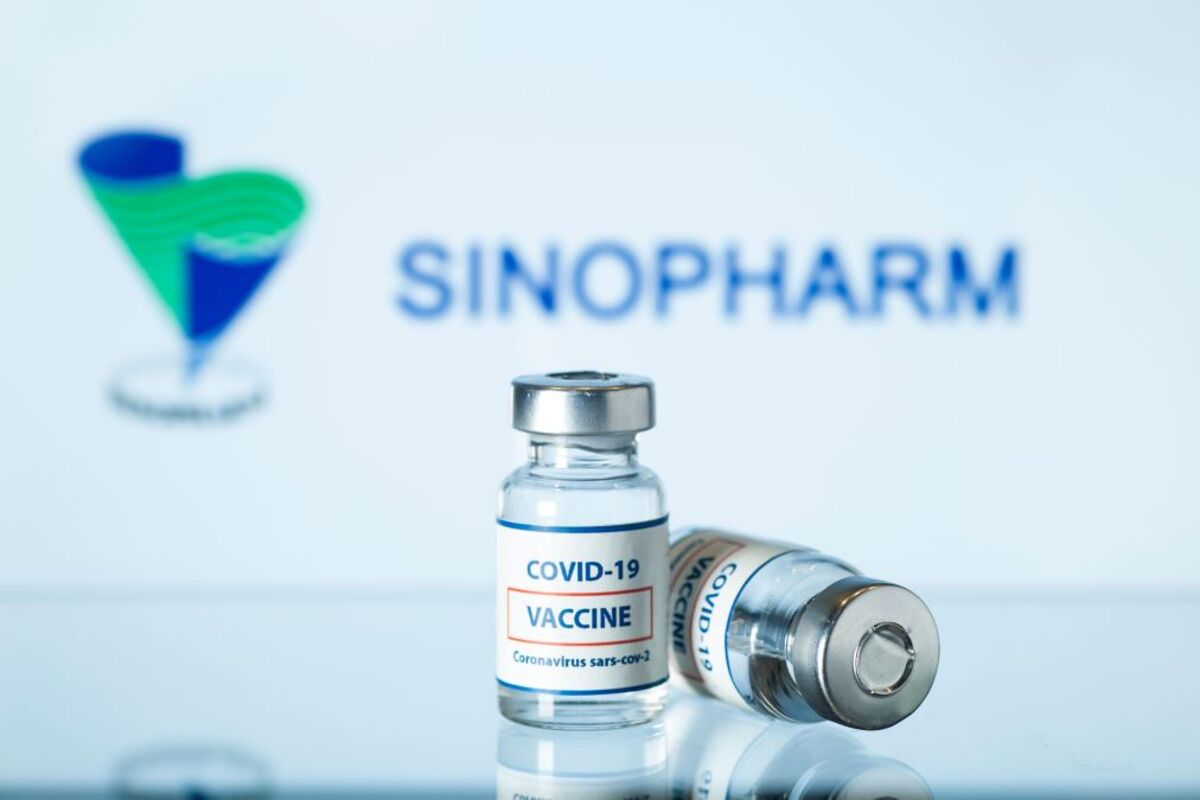Trump’s Gambles
President-elect Donald Trump is making news even before assuming the presidency. This is not surprising because he is known for his mercurial and unpredictable stances on many global as well as bilateral issues.
Russia, India and the USA have also entered the race for vaccine diplomacy, but China has made considerable strides in Southeast Asia.

Recently, China has announced additional Covid aid to Southeast Asian countries. China seeks to boost influence within the region and has proclaimed its homegrown Chinese vaccines as “a global public good”. Since the outbreak of the pandemic, China has provided free vaccines to more than 69 countries and commercially exported them to 28 countries.
China has moved ahead from its “Mask Diplomacy” under which it provided medical information and supplies comprising of KN95 health masks, PPE kits, testing kits and other accessories around the globe to “Vaccine Diplomacy”, where Beijing is harnessing its pharmaceutical and economic prowess in the area of vaccine distribution and is increasing its influence around the globe, especially in the Southeast Asian region where it has harvested significant political leverage.
Advertisement
The Southeast Asian region is considered the “backyard” of China. Initially, the Asean member countries were skeptical about China’s commitment to upholding their sovereignty amidst its South China sea claims and were worried about its increased involvement in the region. However, China has progressively changed this perception and used its soft power to change its relations from a “potential threat” to a “benign power”.
Advertisement
The increased Covid assistance from China to the Southeast Asian region included urgently implementing the China-Asean Public Health Co-operation Initiative, expanding the support provided to Asean Medical Emergency Medical Materials Reserve and strengthening the region’s public health capacity building. The increased assistance is expected to fortify China’s stronghold in the Asean region and improve its public perception among the citizens of its member nations.
Russia, India and the USA have also entered the race for vaccine diplomacy, but China has made considerable strides in Southeast Asia. Asean countries such as Indonesia have purchased nearly 40 per cent of their vaccine requirements from China along with Cambodia, Myanmar, the Philippines and Laos, who have made similar purchases and were first in line to receive medical and material assistance provided by China. The reasons for China’s aggressive vaccine diplomacy in the Asean region are multifold.
Unfavourable views of China’s handling of the pandemic were increasing around the globe, and information campaigns, especially by the USA and European countries, were carried out to challenge China’s claim of effective handling of the pandemic and even the legitimacy of the Communist Party of China. To counter this offensive and restore its global image, rigorous public health diplomacy and propaganda were adopted by China, and Southeast Asia became its most fertile ground for propagating narratives to support its image building and its handling of the pandemic.
Asean leaders have already protested against the politicisation of the pandemic by Western countries and even expressed “full confidence in China’s abilities to succeed and overcoming the pandemic”. They have also claimed that China will help the whole world in tackling the pandemic. The Prime Minister of Cambodia, Hun Sen, even decided to visit Wuhan, the epicentre of the pandemic, in February 2020 to demonstrate to the world that China has successfully tackled the pandemic and show Cambodia’s support to the people of China in their fight against the virus.
The Southeast Asian region is already attracted to China’s economic, technological, and other material resources. It has received most of its material assistance from China to handle the virus outbreak and has high economic stakes in the relationship. These are the primary reasons that enable China to exert considerable soft power influence in the region. Secondly, the aggressive Covid relief propaganda in Southeast Asia is to boost China’s OBOR (One Belt One Road) Initiative.
The OBOR projects came to a halt when the whole world went into the lockdown phase. But China utilized the pandemic as an opportunity and modified its OBOR initiative to a Health Silk road. Public health diplomacy has become one of the key sources of China’s soft power projection, enhancing its image and influence.
China’s Health Silk road project, under the form of Covid aid and assistance, can make its way in those developing and underdeveloped countries which had earlier had put restrictions on China’s OBOR project. Thus, it can advance its OBOR ambitions, and Asean is acting as one of its launch bases. Lastly, the reason for China’s aggression in vaccine diplomacy in the Southeast Asian region is to boost its maritime claims.
Asean group has already joined forces with Quad to tackle any Chinese aggression in the region. However, vaccine diplomacy has showcased to the world the cracks within the Asean groups. In terms of strategic partnership and trust in China, Cambodia and Lao PDR emerged as Tier 1 staunch supporters of China, its work and regional initiatives such as OBOR. They were also the first recipients of China’s Covid assistance.
Thailand and Myanmar are emerging as Tier 2 supporters, who are still cautious in their approach though they support China. Vietnam and Singapore are very cautious and skeptical about China’s intentions in the region. They were the last to receive China’s aid and continue to show resistance to the OBOR project.
The divisions in the Asean group, which China was able to enhance through its vaccine diplomacy, will further help its maritime claims. According to several analysts, China’s vaccine diplomacy aims to “advance its regional agendas particularly on sensitive issues such as its claim on South China sea”.
The pandemic provided a window of opportunity for China to exert its international influence and leadership, and it has managed to turn the crisis into strategic and diplomatic opportunity in mainland Southeast Asia.
(The writers are, respectively, a lecturer and Ph.D candidate at the Jindal Global Law School, Sonipat, and a student at NALSAR University of Law, Hyderabad)
Advertisement